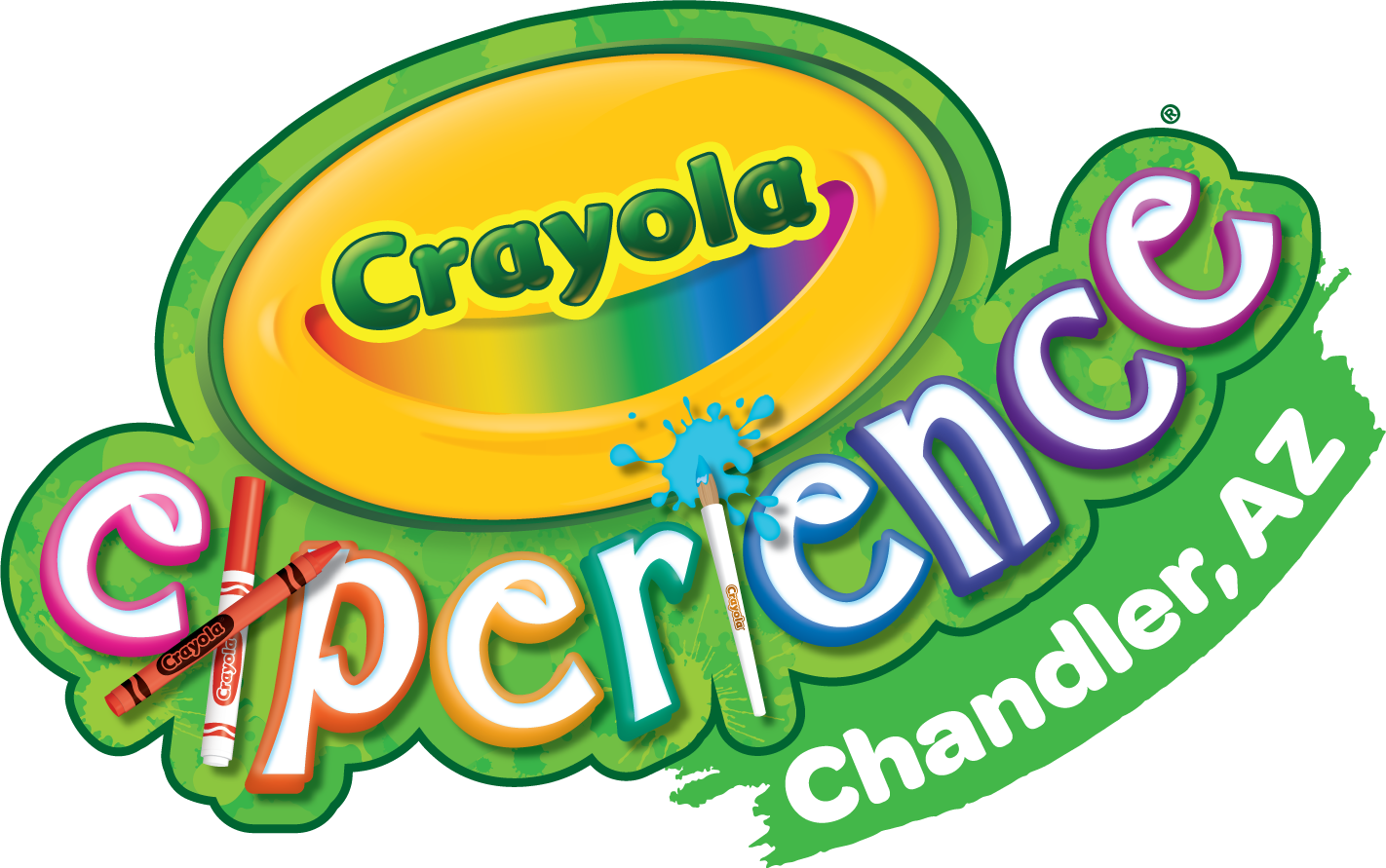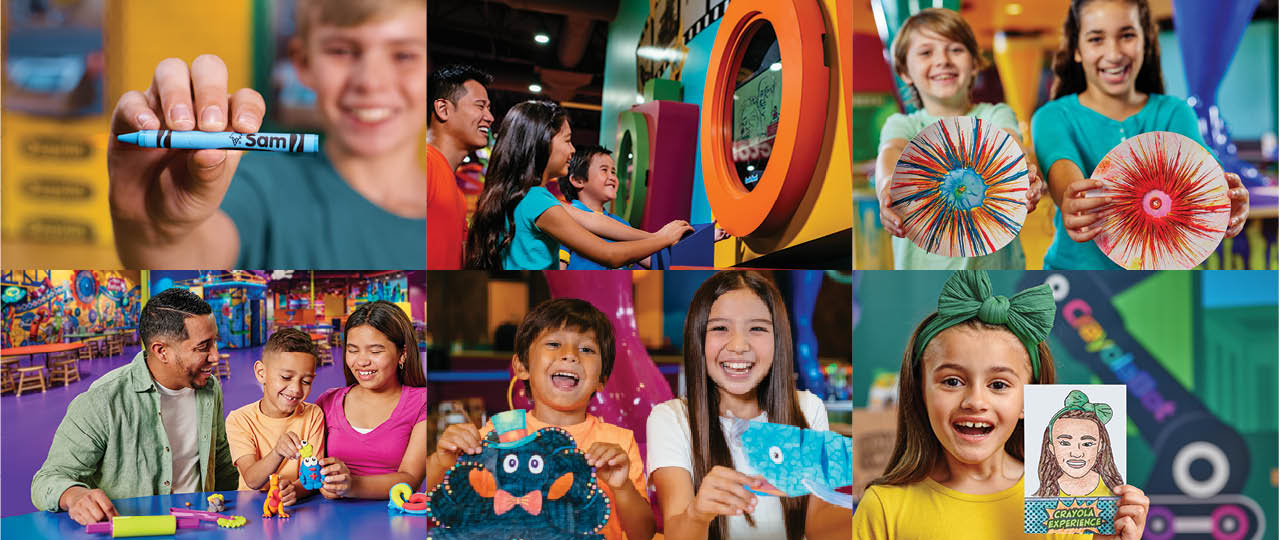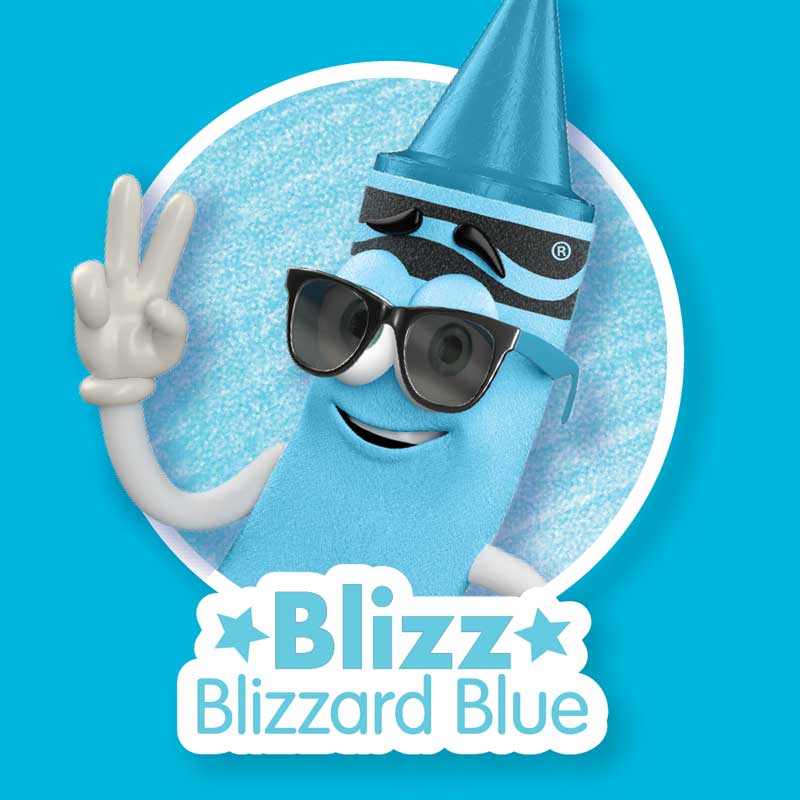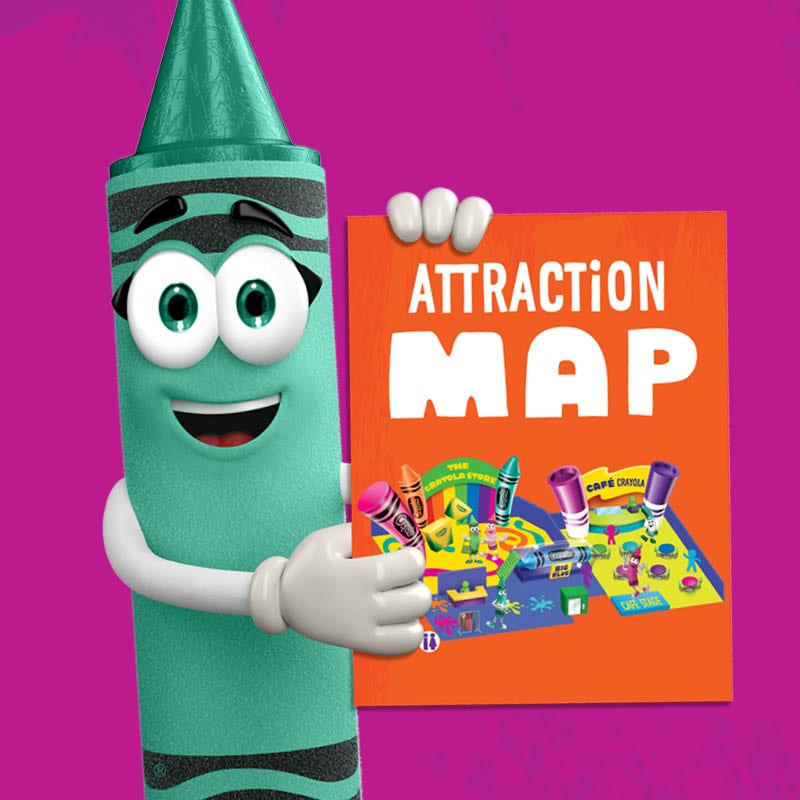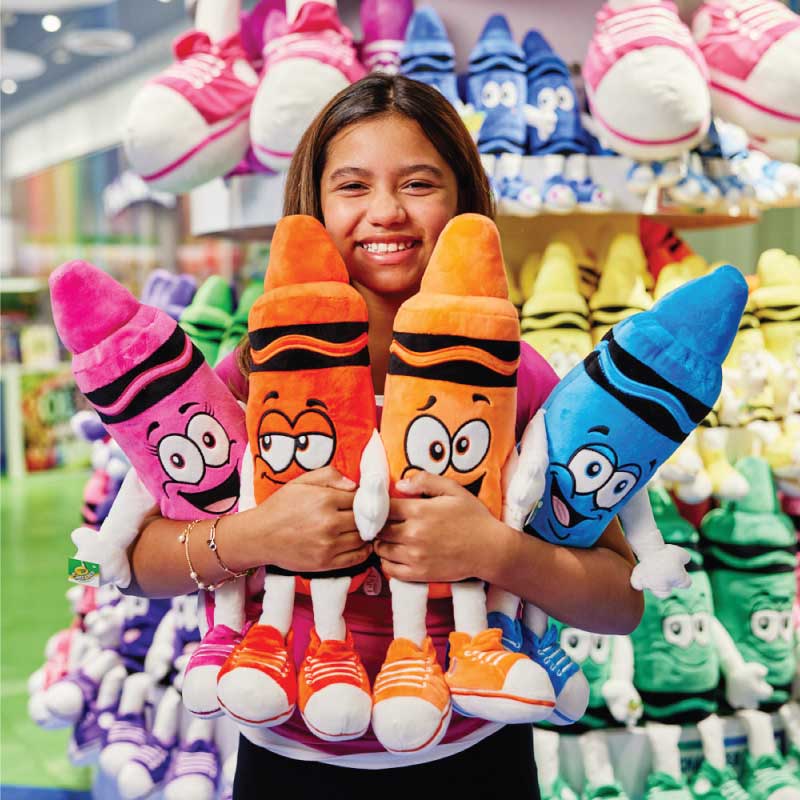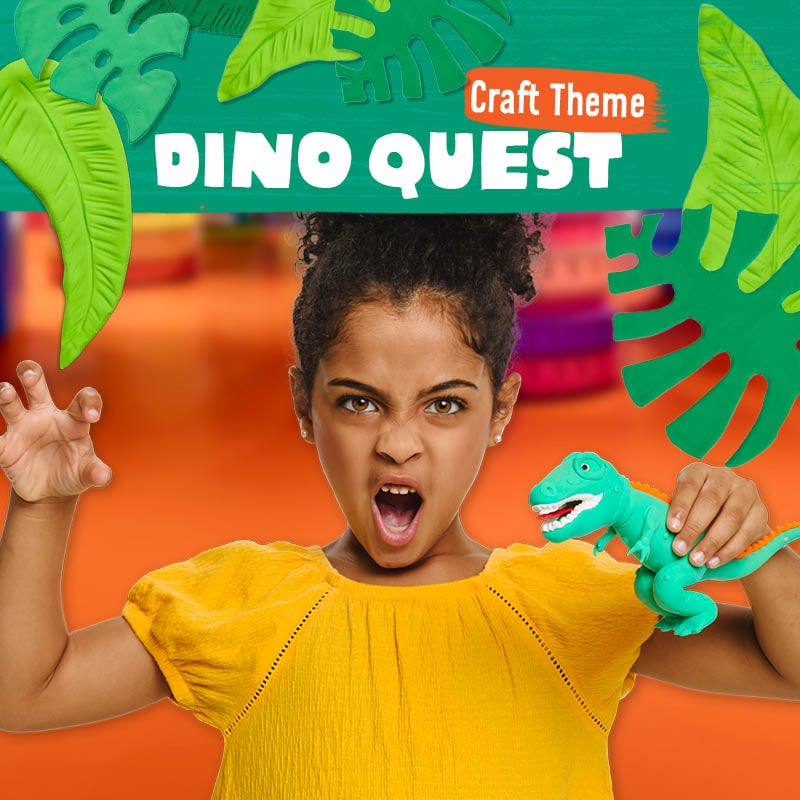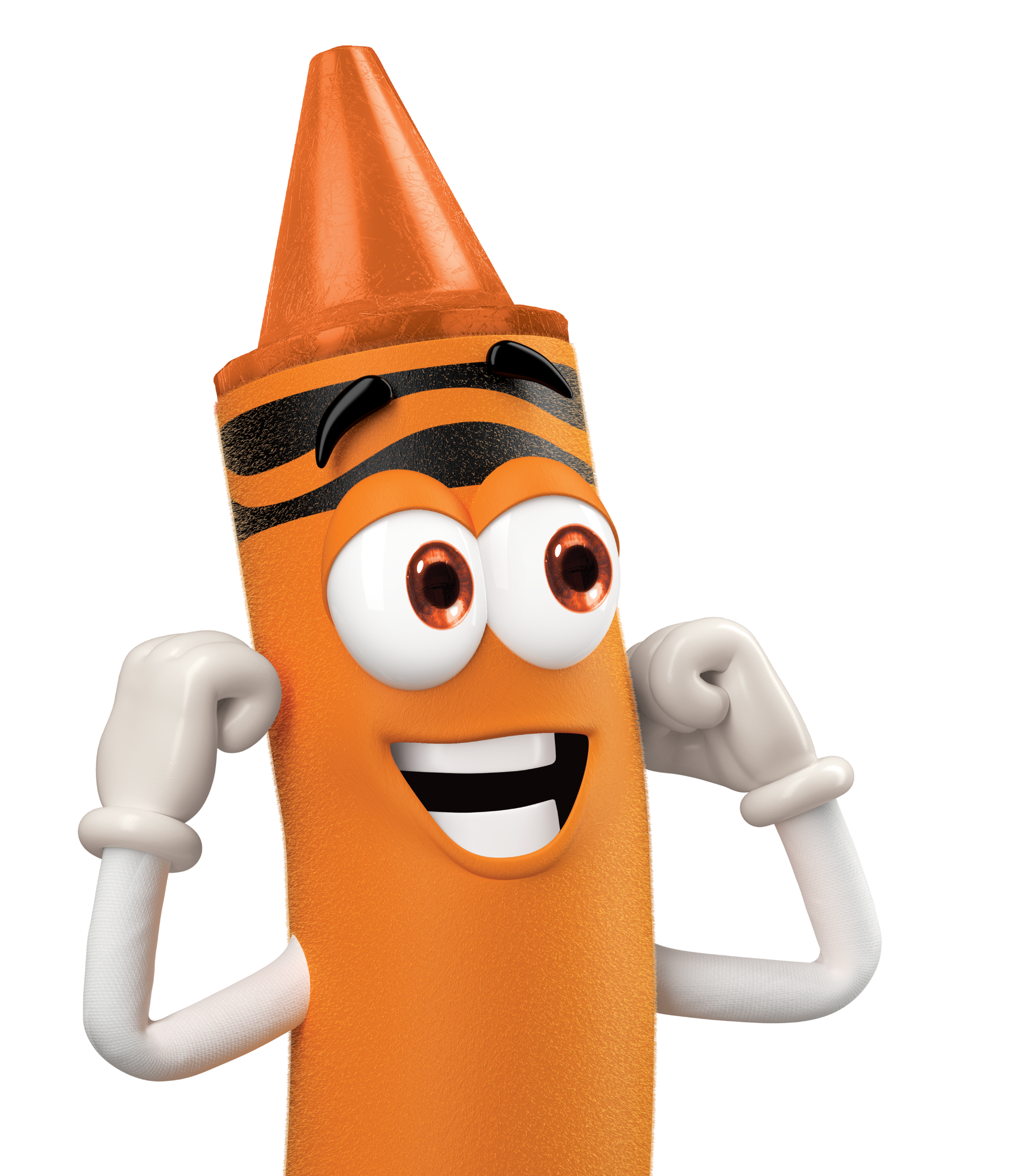Admission tickets are $25.99 plus tax per person. Get $3 OFF if you purchase in advance online. Children 2 and under are FREE. Seniors 65+ are $22.99 plus tax when presenting valid ID at the ticket counter. Admission is required for every guest entering the attraction. Children under the age of 15 must be accompanied by an adult at all times. Crayola Experience Chandler’s last day of operation will be June 15, 2025; tickets will not be available beyond this date.
If you have additional questions, we would love to hear from you! Feel free to call or text us at 1-800-CRAYOLA weekdays between 9 AM and 4 PM Eastern Time. If you would prefer to send us an email, visit our contact us page.
Related Questions
Explore answers to common questions, helpful stain removal tips, and creative ideas for making the most of our art supplies and free resources!
